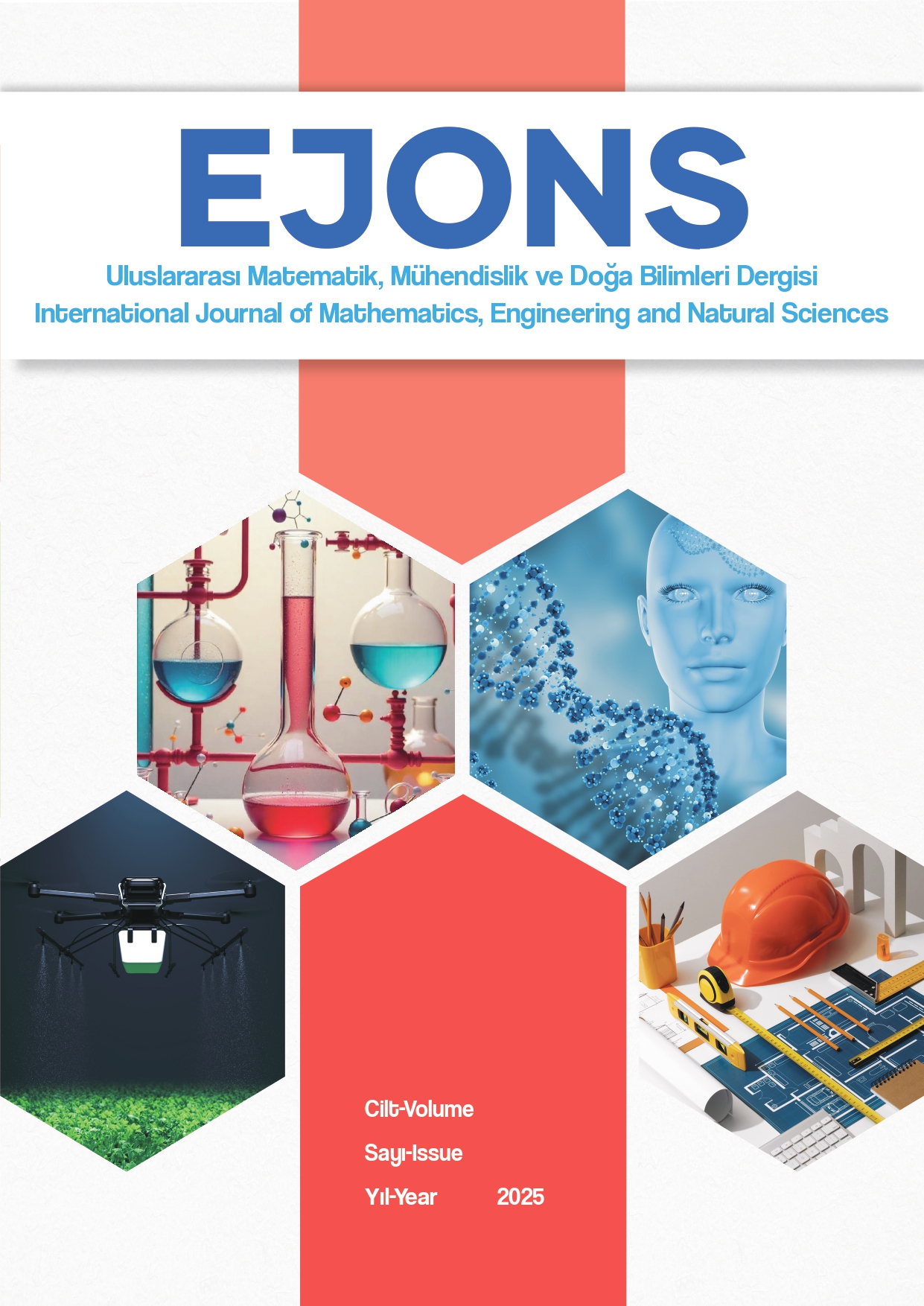QY Cam Örten Çift Yıldızının İlk Yörünge Dönem Analizi
DOI:
https://doi.org/10.5281/zenodo.15048508Anahtar Kelimeler:
Örten Çift Yıldızlar, QY Cam, Fotometrik, O-C Analizi, TESSÖzet
Bu çalışmada, QY Cam örten çift yıldız sistemlerinin yörünge dönem analizi ilk defa sunulmuştur. Dönem analizi O-C yöntemi kullanılarak yapılmıştır. Transiting Exoplanet Survey Satellite (TESS) uydu gözlemlerinden okunan minimum zamanlarla birlikte literatürde verilen tüm minimum zamanlar O-C analinde kullanılmıştır. Sistemin O-C diyagramına, en küçük kareler yöntemi kullanılarak yapılan parabol fiti sonucunda ikinci dereceden terim -1.16(7)x10^(-9) gün değerinde bulunmuştur. İkinci dereceden terimin bu değeri, sistemin yörünge döneminin düzenli olarak 0.029(5) s/yıl hızı ile azaldığını işaret etmektedir. Yörünge dönemindeki bu azalışa sebep olabilecek fiziksel mekanizmalar tartışılmıştır.
Referanslar
Applegate, J.H., 1992. A mechanism for orbital period modulation in close binaries. Astrophysical Journal, 385: 621-629.
Barberá, R., 1996. AVE (www.astrogea.org/soft/ave/introave.htm) (Erişim Tarihi: 05.01.2025)
Erdem, A., Doğru, S.S., Soydugan, F., Çiçek, C., Demircan, O., 2010. Period studies of five neglected Algol-type binaries: RW Cet, BO Gem, DG Lac, SW Oph and WY Per. New Astronomy, 15(7): 628-636.
Erdem, A., Öztürk, O., 2014. Non-conservative mass transfers in Algols. Monthly Notices of the Royal Astronomical Society, 441(2): 1166-1176.
Hajdu, T., Borkovits, T., Forgács-Dajka, E., Sztakovics, J., Bódi, A., 2022. Eclipse timing variation analysis of OGLE-IV eclipsing binaries towards the Galactic Bulge–II. Short periodic triple stellar systems. Monthly Notices of the Royal Astronomical Society, 509(1): 246-260.
Irwin, J.B., 1959. Standard light-time curves. Astronomical Journal, 64: 149–155.
Khruslov, A.V., 2006. New algol-type eclipsing binaries in Camelopardalis. Perem. Zvezdy Prilozh, 6: 6.
Kochanek, C.S., Shappee, B.J., Stanek, K.Z., 2017. The All-Sky Automated Survey for Supernovae (ASAS-SN) Light Curve Server v1.0. Publications of the Astronomical Society of the Pacific, 129(980): 104502.
Kopal, Z., 1955. The classification of close binary systems. Annales d'Astrophysique, 18: 379.
Lanza, A.F., Rodonó, M., 1999. Orbital period modulation and quadrupole moment changes in magnetically active close binaries. Astronomy and Astrophysics, 349: 887-897.
Moe, M., Kratter, K.M., 2021. Impact of binary stars on planet statistics- I. Planet occurrence rates and trends with stellar mass. Monthly Notices of the Royal Astronomical Society, 507(3): 3593-3611.
Öztürk, O., Erdem, A., 2022. First photometric study of two eclipsing binary star systems: V523 And and V543 And. New Astronomy, 92.
Ricker, G.R., Winn, J.N., Vanderspek, R., 2015. Transiting Exoplanet Survey Satellite (TESS). Journal of Astronomical Telescopes, Instruments, and Systems, 1(1): 014003.
Shappee, B.J., Prieto, J.L., Grupe, D., 2014. The Man behind the Curtain: X-Rays Drive the UV through NIR Variability in the 2013 Active Galactic Nucleus Outburst in NGC 2617. Astrophysical Journal, 788(1).
Zasche, P., Liakos, A., Niarchos, P., ve ark., 2009. Period changes in six contact binaries: WZ And, V803 Aql, DF Hya, PY Lyr, FZ Ori, and AH Tau. New Astronomy, 14(2): 121–128.
İndir
Yayınlanmış
Nasıl Atıf Yapılır
Sayı
Bölüm
Lisans
Telif Hakkı (c) 2025 EJONS Uluslararası Matematik, Mühendislik ve Doğa Bilimleri Dergisi

Bu çalışma Creative Commons Attribution-NonCommercial 4.0 International License ile lisanslanmıştır.


